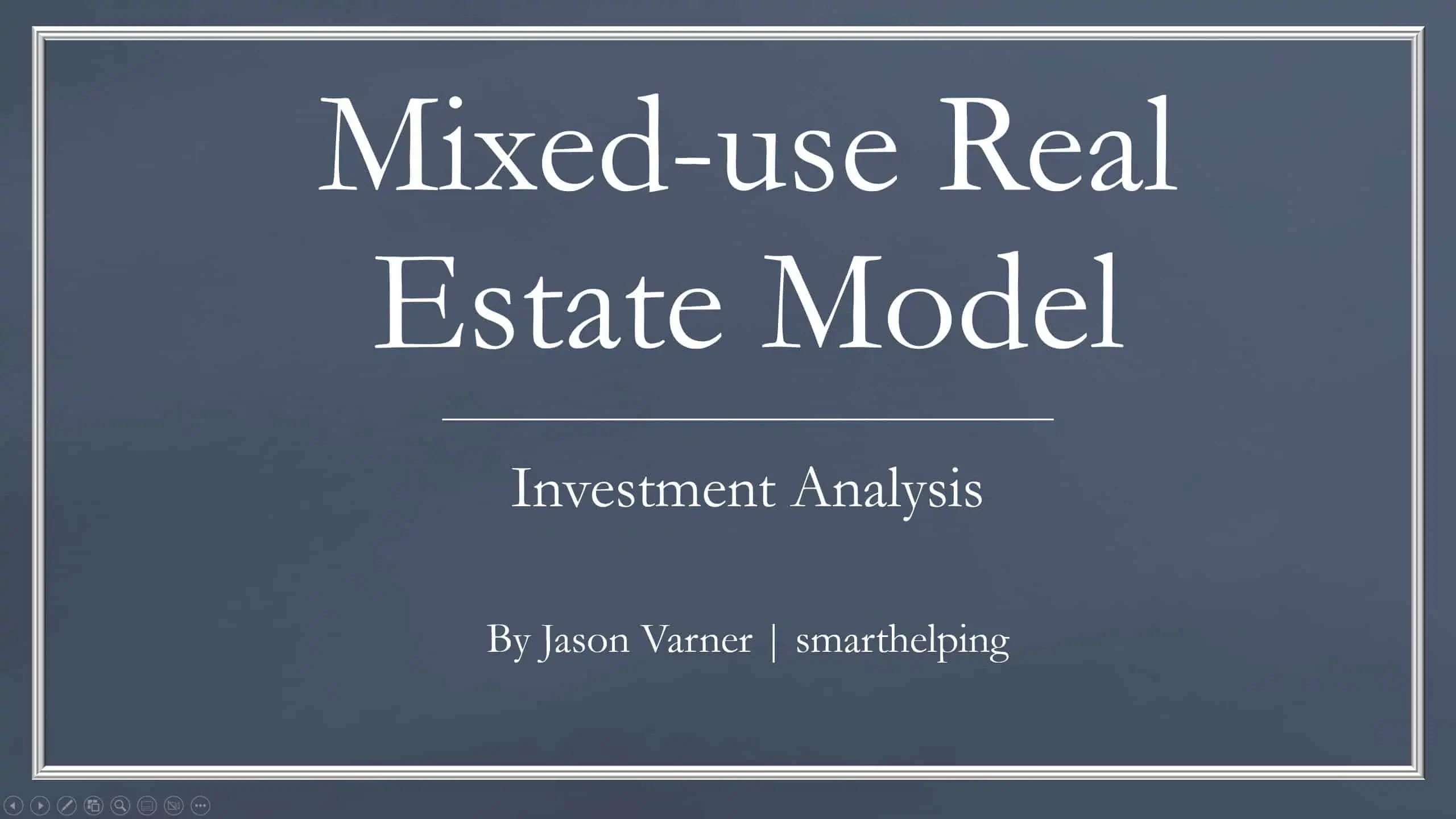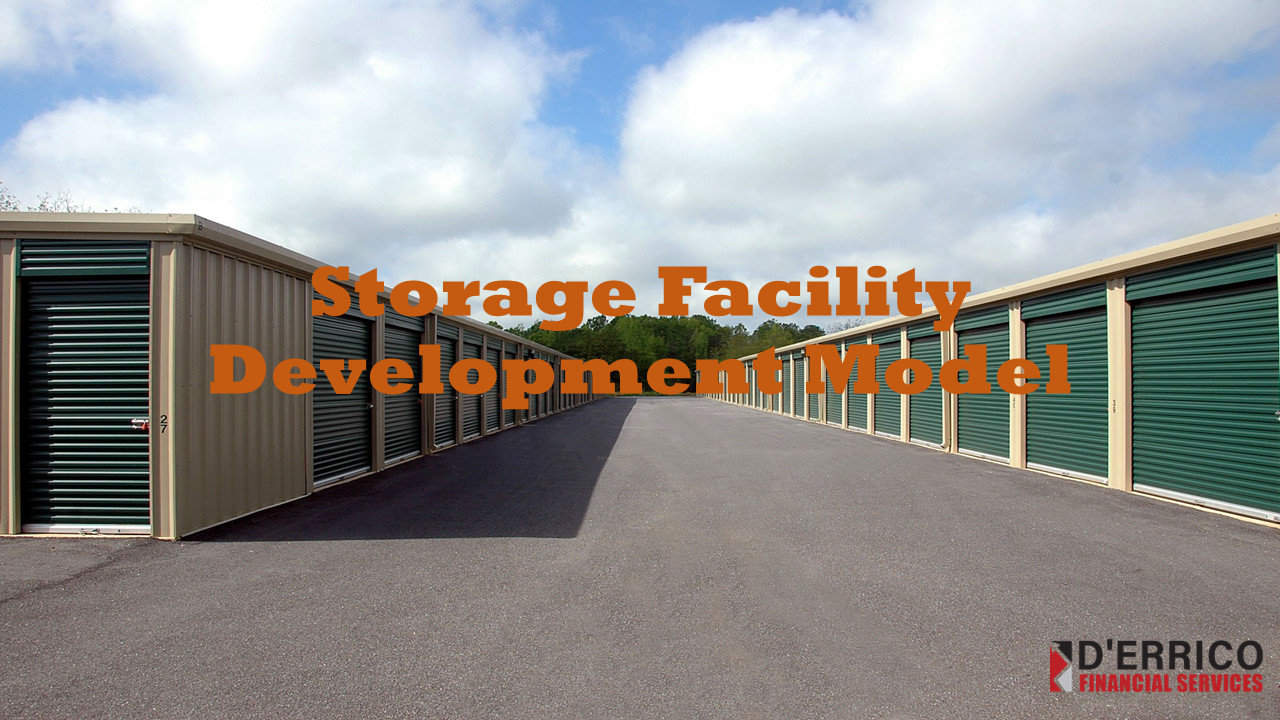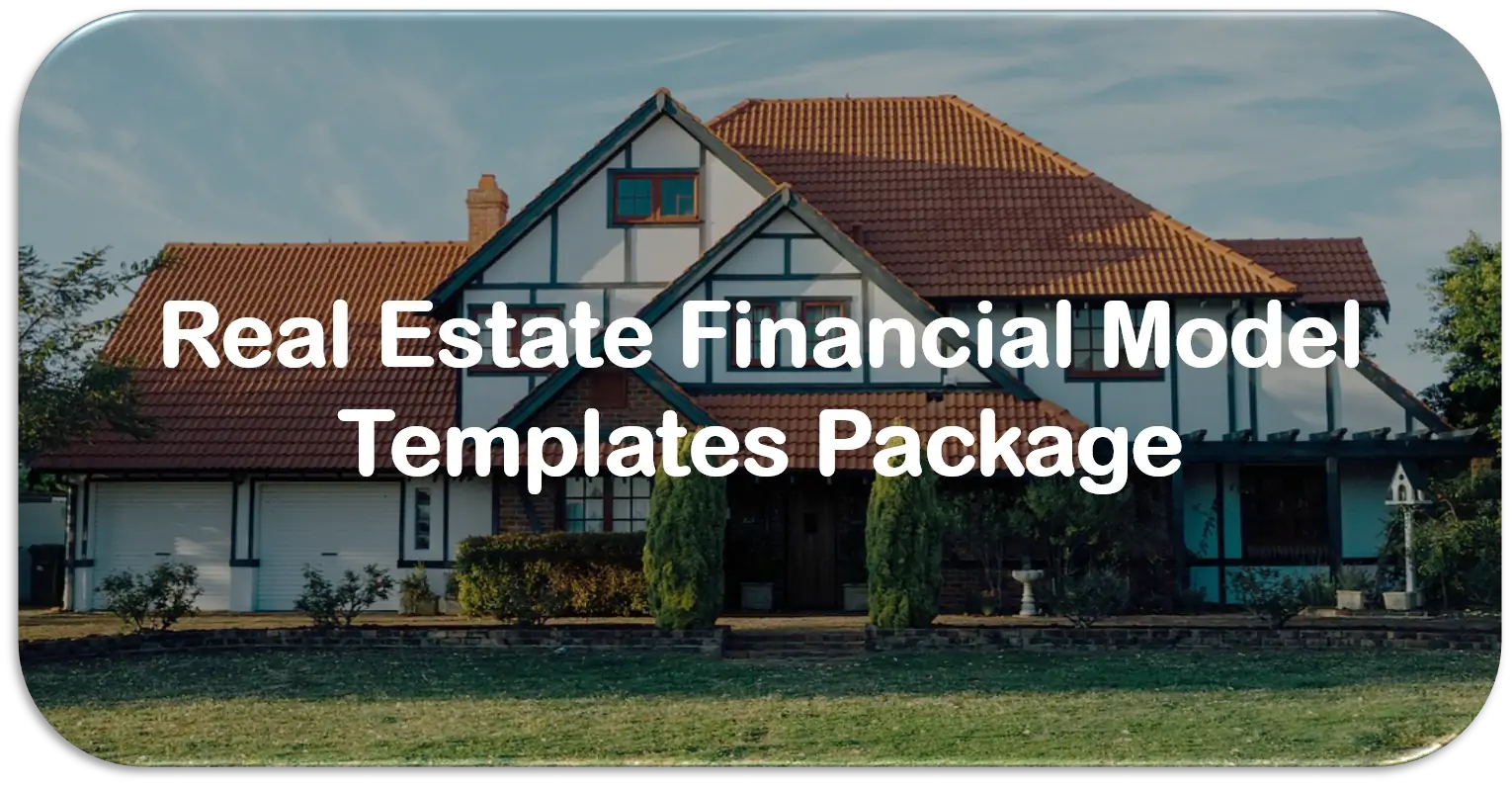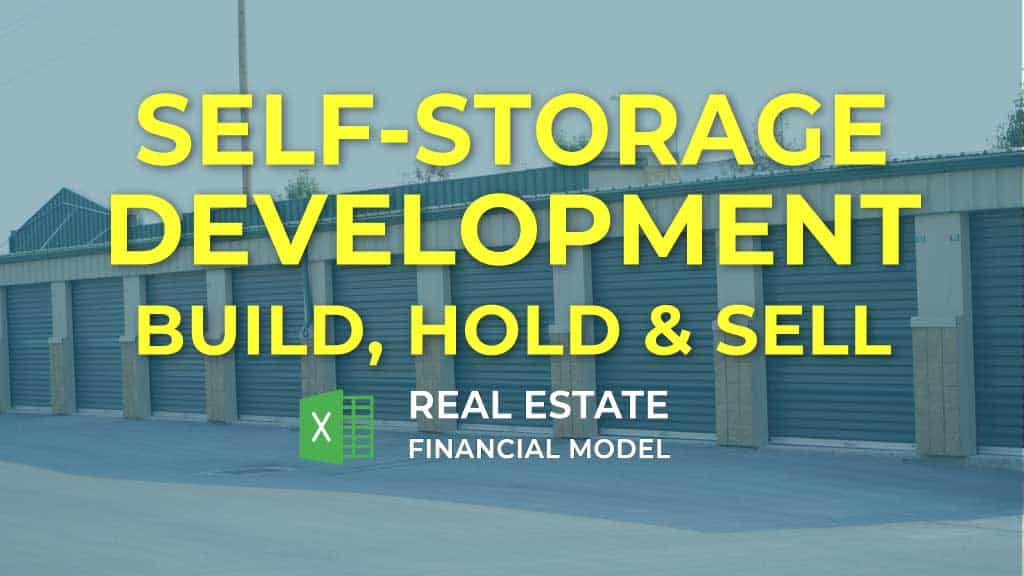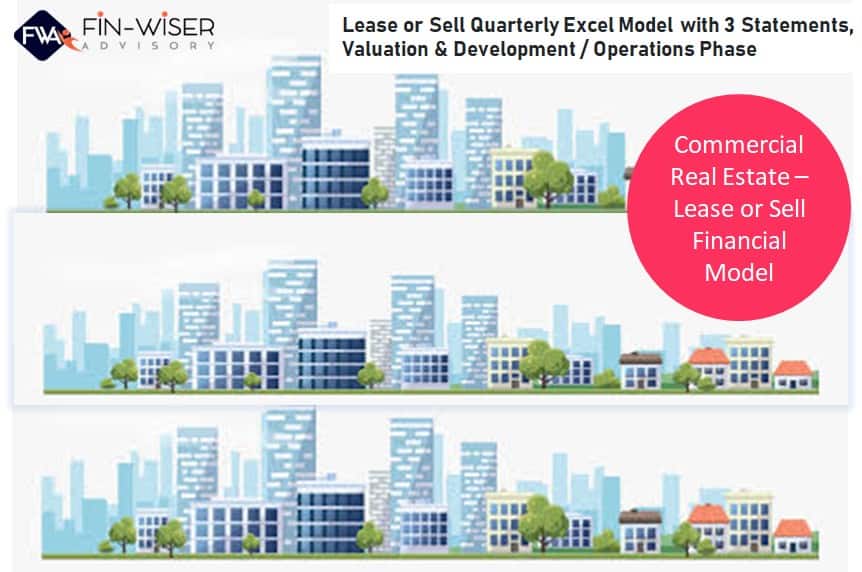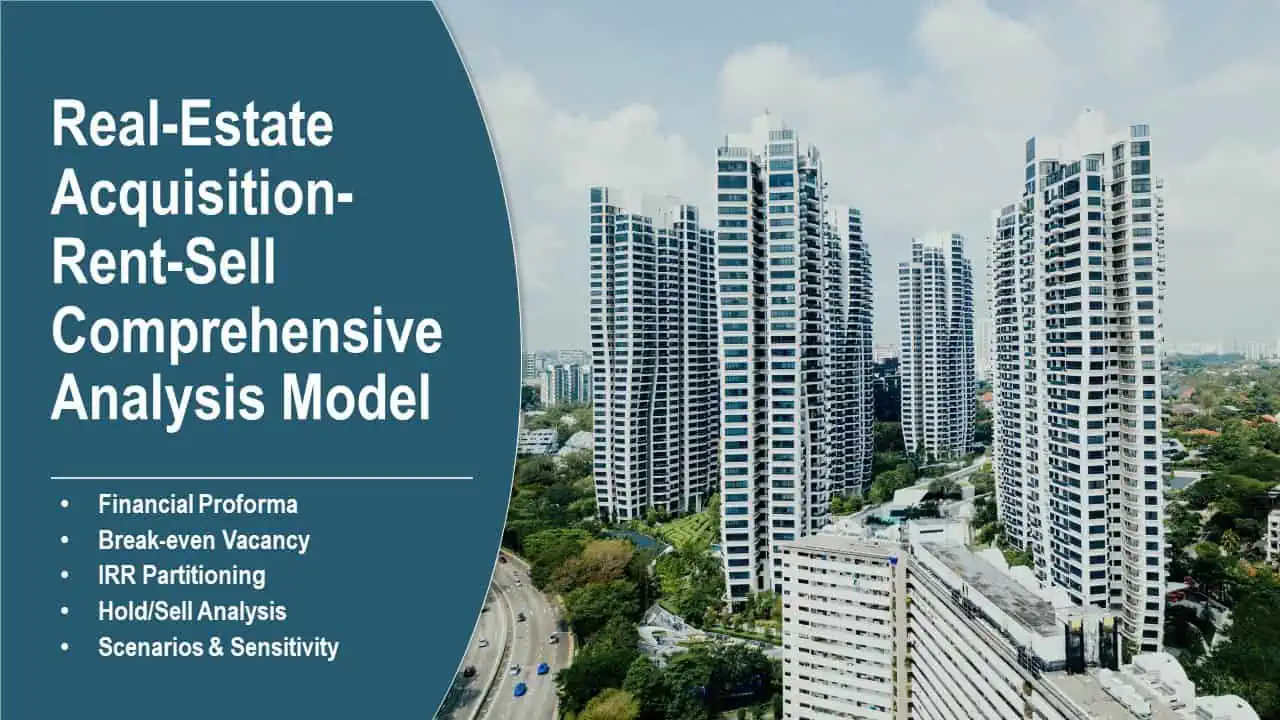Apartment Building / Self-Storage / Multi-Family Acquisition Model: 15 Year
This real estate model works great for acquisitions of apartment buildings, multi-family properties, or self-storage facilities. Monthly and annual views included plus multiple waterfall options. The focus is on value-add improvement capture.

Video Overview:
One of the only real estate asset classes I have not built a standalone template for is apartment buildings. I started to dive in, and the assumptions were fairly similar to a multi-family acquisition model as well as a self-storage model. So, what I decided to do is take all the customer feedback I’ve had on those models and put together something that addressed as many feature suggestions as I could.
Basically, any type of property or facility that has multiple types of units and monthly rent can be analyzed with this spreadsheet. It is really flexible and useful for general real estate deal analysis.
Features:
– Monthly granularity with annual summaries.
– Up to 25 unit types (each with an arbitrary unit count data entry slot per type)
– Works for new acquisitions as well as new construction / development of land and operating strategies or new acquisition and add-on development of units.
– Up to 15 years can be modeled.
– Up to 2 REFI events can happen (turn them on/off with a yes/no selector. Select terms for each loan option individually.
– Includes an option for a construction/development loan with interest-only payments for a defined period of time (select to accrue the interest or pay it each period until the p+i loan begins).
– Value-add focused rent roll schedule (enter existing rent roll with units / rent per unit / total rent and then fill out pro forma rent roll with those unit counts / monthly rent / occupancy / occupancy improvement rate).
– I added value-add metrics like % improvement potential in average monthly rent per unit, occupied units, and total annual rent (comparing current rents vs. pro forma stabilized rents).
– Includes two options for joint venture waterfalls: IRR Hurdles (multiple hurdles) or a Preferred Return (single return hurdle with a single split afterward). The preferred return option includes flexibility in accruing any missed dividend payments, starting fresh each period, and the option to compound missed dividend payments, as well as the option to pay down equity via return of capital with any profits above the preferred return.
– Plenty of key financial visualizations are added, including an NOI vs. DSCR chart.
– Option to start planned unit developments at a different beginning date than existing units.
– Includes DCF Analysis, IRR, Equity Multiple, and Cash-on-cash return / ROI.
– Includes a fully integrated 3-statement model.
– Logic included for depreciation recapture / capital gains taxes / corporate income taxes.
– Robust GP fee schedule for syndication deals.
Follow along with the video to see how every single aspect of this real estate underwriting template works, and that will help you use it for your first few times as you get used to how everything works. The template comes with all input cells blanked or zeroed out, so it is ready for your specific data to be entered.
Similar Products
Other customers were also interested in...
Mixed-Use Real Estate Model: Leverage / JV Options
A general real estate model to plan all assumptions for up to 7 'uses' for a given property. Include... Read more
Real Estate Financial Model Bundle
This is a collection of financial model templates that provides the financial projections and valuat... Read more
Storage Facility Development Model
The Storage Facility Development model projects annual future cash flows from a storage facility fro... Read more
Real Estate Financial Model Templates Package
This is a collection of ready-made Excel financial model templates for real estate businesses and it... Read more
Self Storage Development REFM Financial Model Exce...
Try Self Storage Development REFM Financial Plan. This well-tested, robust, and powerful template is... Read more
Real Estate Acquisition Financial Models Bundle
A collection of six Real Estate Development Financial Models offered at a discounted price you can�... Read more
Commercial Real Estate – Lease or Sell Quart...
Commercial Real Estate - Lease or Sell Quarterly Excel Model with 3 Statements, Valuation, and Devel... Read more
Real Estate Acquisition-Rent-Sell Comprehensive An...
An integrated, dynamic and ready-to-use Real Estate Acquisition-Rent-Sell Comprehensive Analysis Mod... Read more
Hotel/Guesthouse/Resort Development Model and Valu...
This Hotel / Holiday Resort Development Model will take you through a 20-year period of Three Statem... Read more
You must log in to submit a review.





















